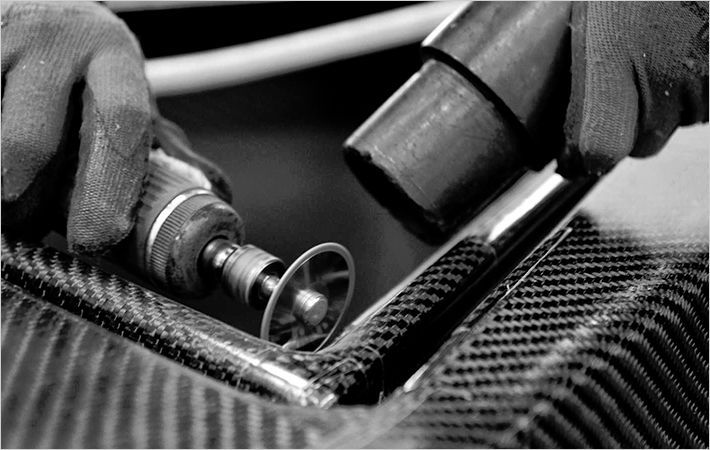Under a contract issued to Boeing Research & Technology (BR&T), OceanGate, the Applied Physics Laboratory at the University of Washington (APL-UW) and Boeing have validated the basic hull design for a submersible vehicle able to reach depths of 3,000 meters (9,800 feet). With its large 180-degree borosilicate glass dome, the new vehicle will offer clients a chance to examine the environment, collect samples, and deploy technology in subsea settings in person and in real time.
When commercially available in 2016, Cyclops will be the only privately owned deep-water (greater than 2,000 meters/6,600 feet) manned submersible available for contracts. A follow on 6,000-meter version is slated for completion in 4Q 2016.
“Recent advances in material science, manufacturing and testing facilities that combine innovative engineering processes have allowed for a unique collaboration between OceanGate, Boeing and the APL team to complete the feasibility study and move the process to the manufacturing stage,” states Stockton Rush, CEO. “The research, military and commercial markets need more vehicles for subsea exploration. OceanGate’s Cyclops submersible will usher in a new class of vehicle to help fulfill this need.”
The Cyclops submersible will feature a seven-inch thick, individual-fiber-placed carbon fiber hull using proprietary Boeing manufacturing technology. The ability to accurately place thousands of individual strips of pre-impregnated fiber will overcome many of the hard to control variables surrounding traditional filament winding processes and permit the hull to withstand the very high compressive loads at 3,000 meters (300 bar/4,300 psi).
The use of carbon fiber will also help make Cyclops significantly lighter than other subsea manned submersibles, making deployment operations faster, easier and cost-efficient. While in the water, Cyclops’ five crew members can comfortably observe the ocean depths through a massive glass dome, which offers unobstructed views for at-depth inspections, environmental assessments, discussion, decision making and observation.
"We are pleased to work with OceanGate and the Applied Physics Laboratory at the University of Washington for the development of the pressure hull of OceanGate’s next-generation manned submersible,” states Jerry Young, Boeing Research & Technology Director of Materials and Manufacturing Technology. “We are looking forward to bringing our design and manufacturing knowledge of hybrid materials to help OceanGate meet this technology challenge.”
Operating at depths beyond 1,000 meters with remotely operated vehicles is extremely difficult as they require large heavy tethers and specialized support vessels. Cyclops will eliminate the tethering limitations and allow its five crew members to observe underwater environments for up to eight (8) continuous hours.

